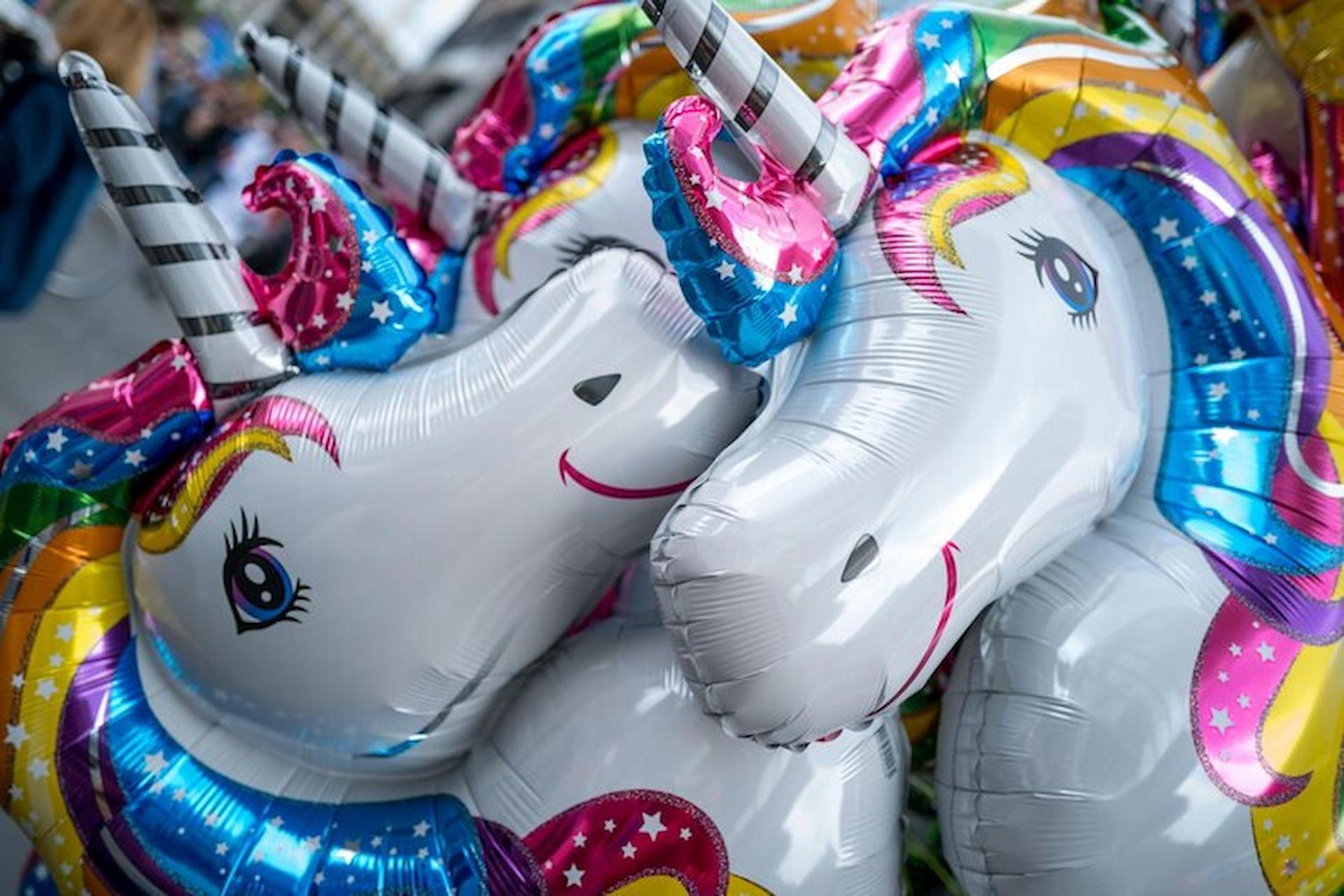
For decades, helium inflatables have been popular for celebrations, scientific experiments, and marketing promotions. From festive balloons at birthday parties to weather balloons used in meteorology, helium’s unique properties make it an ideal gas for inflatables. This blog post will delve into the science behind helium inflatables, exploring why helium is used, how it works, and the various applications of helium-filled devices.
The Unique Properties of Helium
Helium’s Physical Characteristics
Helium is a colourless, odourless, tasteless, nontoxic, inert, monatomic gas that heads the noble gas group in the periodic table. It has the lowest boiling and melting points of all the elements, making it unique and suitable for various applications.
Low Density and Buoyancy
One key reason helium is used in inflatables is its low density. Helium is much lighter than air and is composed chiefly of nitrogen and oxygen. The density of helium is about 0.1785 grams per litre, while the density of air is approximately 1.225 grams per litre. This significant difference allows helium-filled balloons to float. When helium is enclosed in a balloon, the overall density of the balloon becomes lower than that of the surrounding air, resulting in buoyancy.
Non-Reactive Nature
Helium’s inert nature means it does not react chemically with other substances. It makes it safe for inflatables, as it will not cause combustion or produce toxic reactions. Unlike hydrogen, which is lighter than air but highly flammable, helium provides a safer alternative for inflating balloons and other devices.
Applications of Helium Inflatables
Party and Event Decorations
Helium balloons are a staple at parties and events due to their ability to float and create a festive atmosphere. They come in various shapes, sizes, and colours, often personalised for birthdays, weddings, and corporate events. The ease of transport and setup and their eye-catching appearance make helium balloons a popular choice for decorations.
Scientific Research and Meteorology
In scientific research, helium-filled balloons are used for atmospheric studies. Weather balloons, also known as sounding balloons, are filled with helium to carry instruments into the upper atmosphere. These instruments collect data on temperature, humidity, pressure, and wind speeds, providing valuable information for weather forecasting and climate research. Helium’s non-reactive properties ensure that it does not interfere with the sensitive instruments.
Advertising and Marketing
Helium inflatables are also used in advertising and marketing. Giant helium balloons and blimps can be seen at events, trade shows, and outdoor promotions. Due to their large size and ability to float high above the ground, these inflatables draw attention from a distance. They are often custom-made to resemble products or company logos, making them an effective tool for brand visibility.
How Helium Inflatables Work
The Inflation Process
Inflating a helium balloon involves filling it with enough helium gas to create a pressure difference between the inside of the balloon and the surrounding air. As helium is pumped into the balloon, it expands until the internal pressure balances with the external atmospheric pressure. The elasticity of the balloon material, typically latex or Mylar, plays a crucial role in maintaining the shape and volume of the balloon.
Achieving Buoyancy
For a balloon to float, the weight of the helium plus the balloon must be less than the weight of the air it displaces. This principle is known as Archimedes’ principle. When the weight of the displaced air is greater than the combined weight of the helium and the balloon, the balloon will rise.
Controlling Lift and Stability
Adjusting the amount of helium in a helium balloon can control its lift. More helium increases buoyancy, making the balloon rise faster. For stability and specific applications, weights can be added to the balloon to counterbalance the buoyant force. It is often seen in balloon displays and scientific applications where precise control of the balloon’s altitude is necessary.
Challenges and Considerations
Helium Supply and Sustainability
While helium is the second most abundant element in the universe, it is relatively rare on Earth. The primary sources of helium are natural gas fields extracted as a byproduct. The finite supply of helium and its critical applications in various industries has led to concerns about sustainability. Efforts are being made to recycle helium and explore alternative sources to ensure a steady supply for future use.
Environmental Impact
The use of helium inflatables, particularly balloons, has raised environmental concerns. Balloons released into the atmosphere can become litter, threatening wildlife and ecosystems. Mylar balloons, in particular, can take a long time to decompose and may cause power outages if they come into contact with power lines. To mitigate these impacts, adopting responsible practices such as securing balloons, using biodegradable materials, and promoting awareness about the environmental consequences of balloon releases is essential.
Cost and Accessibility
The cost of helium has increased due to its limited supply and high demand across various industries. It can make these inflatables more expensive for consumers and businesses. Additionally, the availability of helium may be restricted in some regions, affecting the accessibility of helium-filled products. Innovations in helium conservation and alternative inflation methods, such as air-filled balloons with similar visual effects, are being explored to address these challenges.
Conclusion
Helium inflatables, from festive balloons to scientific instruments, are a testament to helium’s unique properties and versatility. The science behind their operation is rooted in the fundamental principles of buoyancy, density, and pressure. Despite the challenges associated with helium supply and environmental concerns, these inflatables play a significant role in various fields. By understanding the science behind these inflatables and adopting responsible practices, we can continue to enjoy their benefits while ensuring their sustainable use for future generations.
